|
Recently I've been reading books about comic books: The Secret History of Wonder Woman by Jill Lepore, then Supergods by Grant Morrison. Being a costume designer who's into cosplay, and with the recent onslaught of new comic book based movies and TV shows, my interest in the history of character design, comic book artists, and the supersuit has been piqued. Or maybe it's just Con season and the beginning of summer blockbuster movies. You should know, gentle reader, that I've been working on this blog for almost a year. I started my research in May, 2016. I soon realized that this was a huge topic and as such I was in way over my head. So here's what I decided to do. I'm breaking this down into its relevant parts so I can get a better handle on it. Part One will be dedicated to the comic books themselves. Part Two will be the evolution of the supersuit. Part Three will focus on the DC Universe. Part Four will focus on the Marvel Universe. And, if I can get through all that, Part Five will focus on Independent Publishers. GOLDEN AGE: C. 1938-1955 Comic books started out as pulpy, cheap, four-color entertainment for children. Superheroes were invented while America was at war with Germany; they were born to be America's allies and fight Nazis for truth, justice, and the American Way. The first superhero was Superman, created by writer Jerry Siegel and artist Joe Shuster, and published by Action Comics. He gets his superpowers from the sun, he operates totally above board and within the law. He is a golden god among mortal men. Next on the scene was Batman, created by artist Bob Kane and writer Bill Finger and published by Detective Comics. Batman was Superman's antithesis. He operated at night, outside the law, his secret lair is underground. He sees the seamy underbelly of the city, rubbing elbows with small time crooks and thugs. It's no wonder that those two always end up fighting each other. Many different presses started churning out comics and each one had their own hero. Captain Marvel, The Flash, Captain America, and Wonder Woman were all created within the first three years. Captain Marvel was created by writer Bill Parker and artist C.C. Beck. The Flash was created by writer Gardner Fox and artist Harry Lampert. Captain America was created by writer Joe Simon and artist Jack Kirby. Interestingly, psychologist William Moulton Marston gets credit for creating Wonder Woman, but she was actually a team effort with his wife Elizabeth Holloway Marston and her partner, Olive Byrne. Harry Peter was the artist. When Marston died of cancer in 1947, the women begged DC to let them continue to work on the comic but were told to get out of their office and not come back. You can read all about it in The Secret History of Wonder Woman by Jill Lepore. The Golden Age came to an end with The Comics Code Authority, which banned violence and promoted family values. Superheroes could no longer fight Nazis and the war ended 10 years ago anyway. Most of the companies went out of business and the titles eventually ended up being bought by DC with the notable exception of Captain Marvel and Captain America. With no Nazis to fight anymore, the superheroes were out of business. SILVER AGE: C. 1956-1970DC combined all the defunct titles under their umbrella and the heroes became sleeker and more modern. Companions were invented for our main characters and evolved into families. Superman got Supergirl, Superboy, and Krypto the Superdog. Jimmy Olsen and Lois Lane got spin-off titles. Batman had Batwoman, Robin, Batgirl, and Ace the Bat-hound. The female bat characters were added to the storyline to squash rumours that Batman and Robin were gay. Justice League of America was the pinnacle of the DC success story with their greatest superheroes banding together to fight the enemies of freedom. The original JLA team members were Superman, Batman, Robin, Wonder Woman, Flash, Green Lantern, Aquaman, and Martian Manhunter. The DC Universe crystallized into aliens or humans with alien technology who fought aliens instead of Nazis. Storylines were definitely influenced by the Space Race. The DC heroes were cosmopolitan adults who were idealistically perfect people with no serious or lasting problems. Marvel Publishing grew out of the defunct Timely Publications, changing its name to Atlas Comics by the 1950's, and finally becoming Marvel in 1961. Marvel started out with nothing but the rights to Captain America, eventually gaining the rights to Captain Marvel in 1967 from Fawcett Comics who had been sued by DC for copyright infringement. DC claimed that Captain Marvel was too similar to Superman. After seven years of litigation, Fawcett was eventually forced to pay $400,000 in damages and ceased publication, selling the trademark to Marvel Publishing. Marvel Universe acquired young and upcoming writers, most notably Stan Lee, whose characters skyrocketed the fledgling company into superstardom. Stan took a page out of the JLA book and began by creating his own team, the Fantastic Four, with artist Jack Kirby in 1961. Spider-Man followed in 1962 with artist Steve Ditko. Two more teams followed, The Avengers and The X-Men with Jack Kirby, and then Doctor Strange with Steve Ditko, all in 1963. Captain Marvel, no longer just a trademark, finally got his re-boot in 1969. What these characters had in common is that they were all mutated humans, and, with the notable exception of Spider-Man, team members. Stan Lee gave his heroes a flawed humanity. Marvel heroes were teenagers or young adults who dealt with feelings of guilt, doubt, and insecurity. The most compelling thing about all of these new characters was that Marvel characters were all part of the same universe. DC retaliated by inventing the multiple Earths theory that Band-Aided all their heroes into one universe like Marvel. Superheroes were back in all their glory. BRONZE AGE: 1970- 85The hallmark of the Bronze Age was stories that were more socially relevant. Stan Lee took on the Comics Code Authority in 1971 when he was asked to write an anti-drug story by the Dept. of Education, a special three issue Spider-Man. The CCA wouldn't give its seal of approval, so he published it anyway, without the seal. Because it sold well, the CCA loosened its restrictions to permit negative depictions of drugs and Marvel was praised for its social consciousness. DC had its own version in the Green Lantern/Green Arrow title with Speedy being addicted to heroin. Denny O'Neil and Neal Adams wrote the Green Lantern/Green Arrow team up. In addition to the dangers of drugs, they also took on environmental issues, political corruption, income inequality, and racism. It was basically a two-year run of social commentary. Denny O'Neil and Neal Adams began their collaboration doing Batman in 1970. It would be the beginning of a beautiful partnership. Marvel's The Avengers "Kree/Skrull War" story arc was written by Roy Thomas and drawn by Sal Buscema, Neal Adams, and John Buscema. It is considered the highlight of its era and the culmination of a string of notable Thomas/Adams collaborations which began with their run on X-Men in 1969. The X-Men got a makeover and became The All New X-Men written by Len Wein and drawn by Dave Cockrum, with assistant Chris Claremont. "The Dark Phoenix" story arc is considered the highlight of its era. The All New X-Men became Marvel's platform for minority rights with the mutants being a metaphor for minorities. This period also showed a significant rise in the number of superheroes of color. Previously there had only been The Avengers' Falcon and Black Panther. Marvel added Luke Cage, Storm, Blade, and Monica Rambeau, and Black Panther got his own title. DC retaliated by rebooting The Teen Titans by George Perez and Marv Wolfman and adding Cyborg as a character of color. DC also created Bronze Tiger, Black Lightning, Vixen, and Green Lantern's John Stewart. The artwork became more colorful and characters were slicker. Neal Adams was the trend setter at both DC and Marvel and is the reason that Segal and Shuster finally got paid for inventing Superman. Neal was freelancing at DC and decided to freelance at Marvel, a company he liked working for better than DC because people were nicer. These were smart comic books for the college crowd. MODERN AGE: 1986-TODAYComic books evolved. Publishers began to collect all the titles in a series and bind them together to sell as a trade paperback and thus graphic novels were born. The lowly comic book was transformed in its move from drug stores to book stores. Comics became respectable and for adults. Stories featured the rise of anti-heros, These were grim and gritty comic books whose iconic superheroes were re-imagined in a dystopian world. The tone of the comics was darker, more sarcastic and storylines were more mature.
DC was putting out the iconic books of this period, one after another: Frank Miller rebooted Batman in 1986, dubbing him Batman The Dark Knight Returns. He took Batman back to the Golden Age of toughness. His Batman was old, tired, and jaded, He was mad as hell and he wasn't going to take it anymore. Watchmen, written by Alan Moore and drawn by David Gibbons in 1987, was also about old tired superheroes trying to figure out who murdered one of their own. Alan Moore then did V for Vendetta with artist David Lloyd in 1988 and The Killing Joke with Brian Bollard and John Higgins. That one was about The Joker finally getting his revenge on Batman by murdering Barbara Gordon. Then another Batman book, Arkham Asylum in 1989 written by Grant Morrison and drawn by Dave McKean. Neil Gaiman created Sandman in 1989 with Sam Keith and Mike Dringenberg. Alan Moore did League of Extraordinary Gentlemen with artist Kevin O'Neill, in 1999 as a JLA of Victorian England. Marvel finally got around to answering the DC challenge by introducing Deadpool in The New Mutants title in 1991. Deadpool was at first a supervillian but evolved into an anti-hero frequently being asked to join the X-Men but refusing to be part of a team. Deadpool was created by writer/artist Rob Liefeld and writer Fabian Nicieza. Deadpool has become one of Marvel's most loved characters. This period is characterized by independent publishers, who flouted the Comics Code Authority and published without their seal of approval. Dark Horse Comics started in 1986 by Mike Richardson who wrote The Mask. Notable writers were Mike Mignola, of Hellboy (1993). Legend was a Dark Horse imprint started by Frank Miller and John Byrne as a creator-owned imprint. Frank Miller's Sin City, 1995 and 300, 1998 were published under the Legend imprint. Image Comics was started in 1992 by Todd MacFarlane and Rob Liefeld (Deadpool creator) who left Marvel (with six other artists) when Marvel wouldn't meet their demands for creator-owned comics. Todd MacFarlane's Spawn in 1992 was the most popular title. DC jumped on the bandwagon and created Vertigo comics in 1993 for its more adult-themed comics. Spearheaded by editor Karen Berger, and inspired by Alan Moore's run on Swamp Thing, she brought UK artists and writers into DC such as Neil Gaiman (Sandman), Peter Milligan (Hellblazer and Shade the Changing Man), and Grant Morrison (Animal Man and Doom Patrol). She moved these pre-existing six titles over to the Vertigo imprint and basically gave them free rein. These comics tended to revolve around supernatural or crime based elements and had little in common with DC's stable of colorful costumed superheroes. The first Vertigo original comic was Neil Gaiman's Sandman spinoff Death: The High Cost of Living, drawn by Chris Bachalo.
2 Comments
Leave a Reply. |
CategoriesArchives
July 2024
|
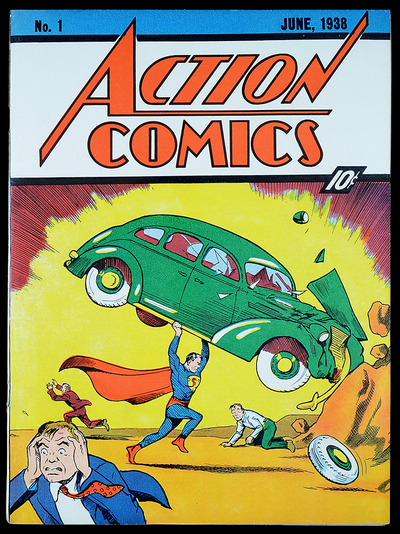



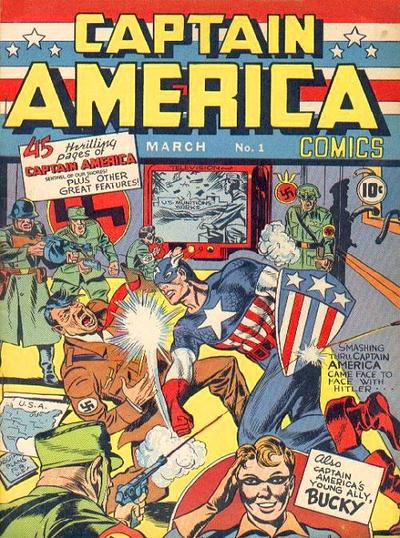




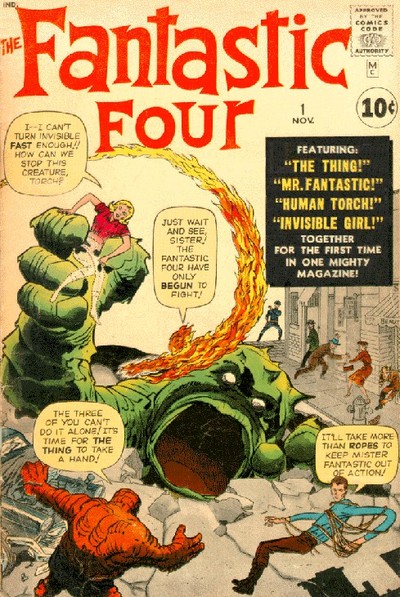





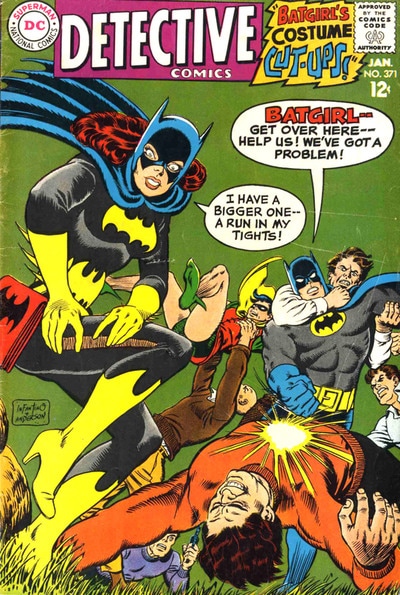
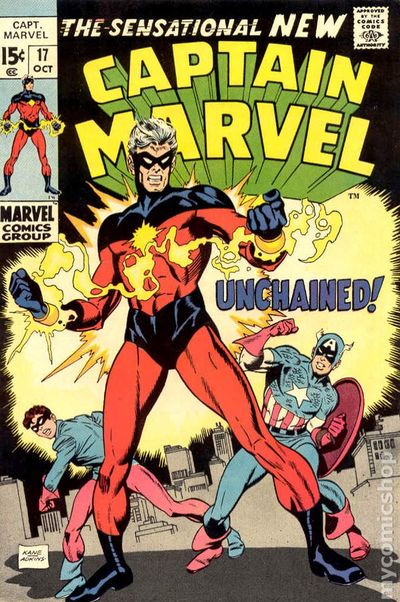
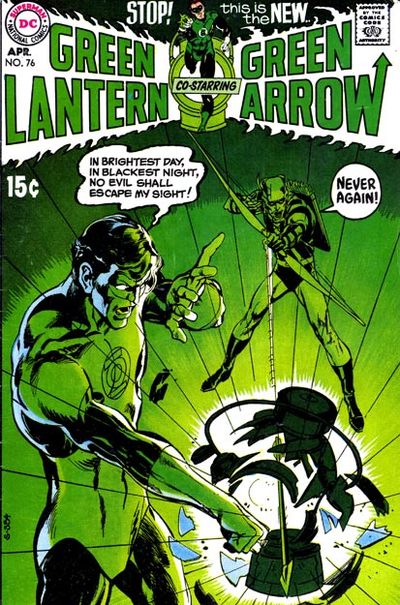
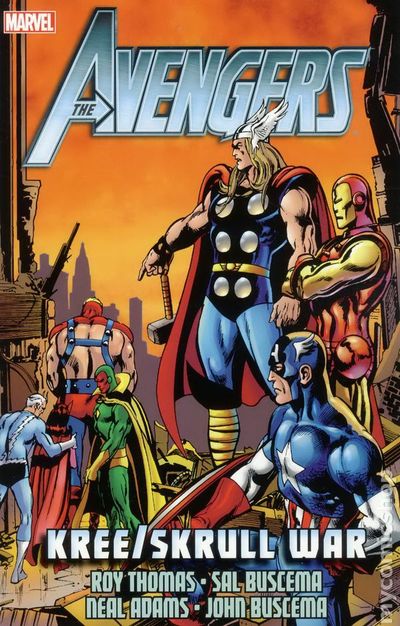
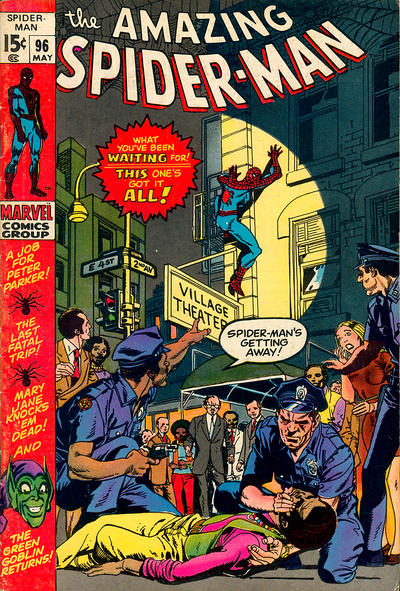

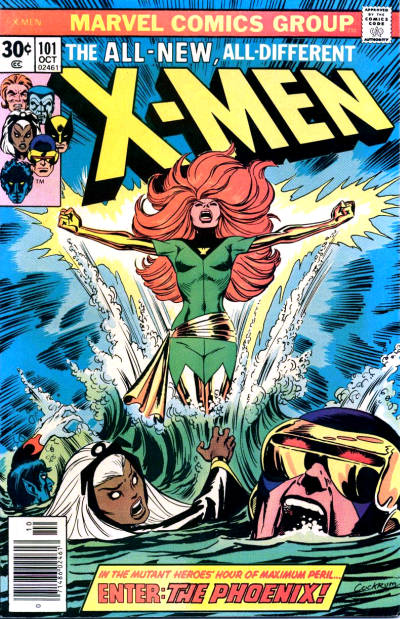





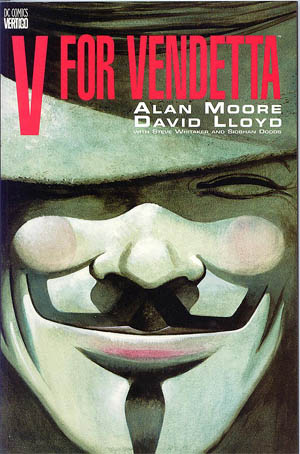

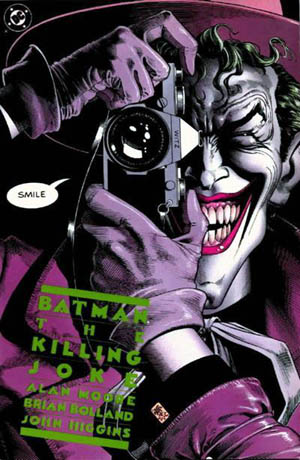





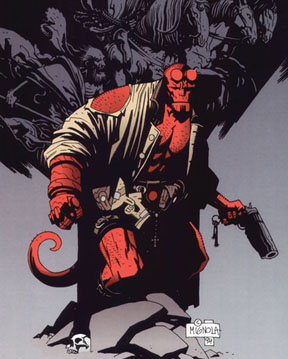




 RSS Feed
RSS Feed